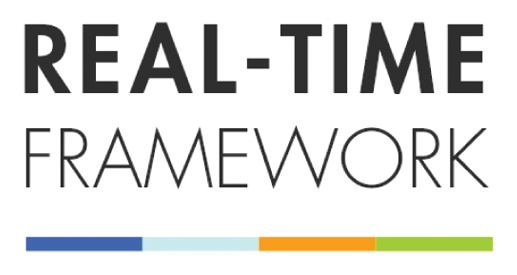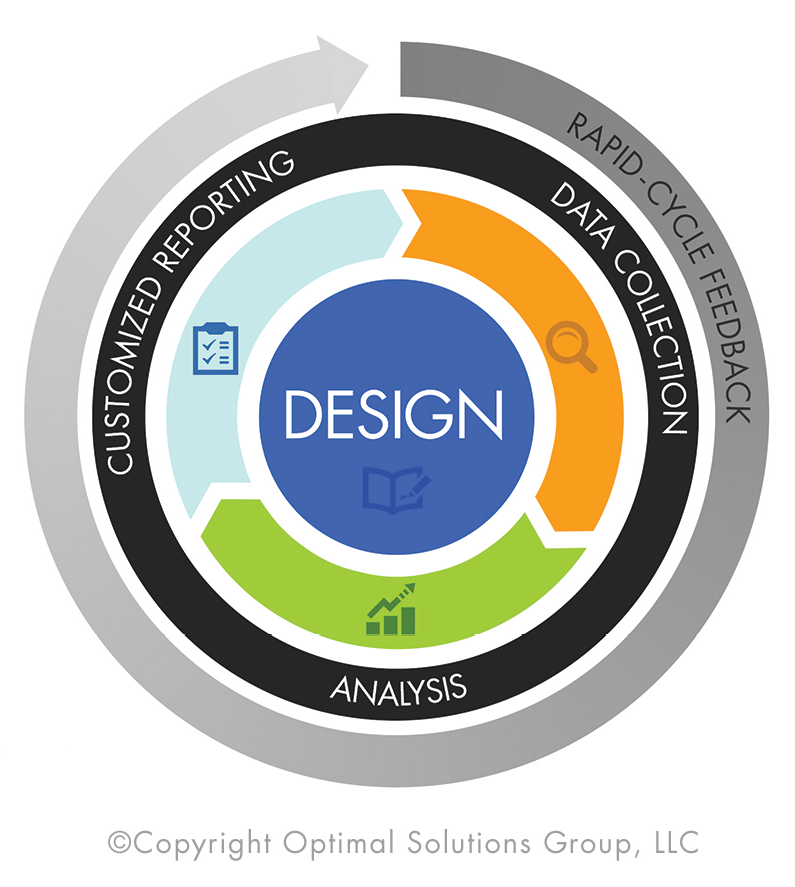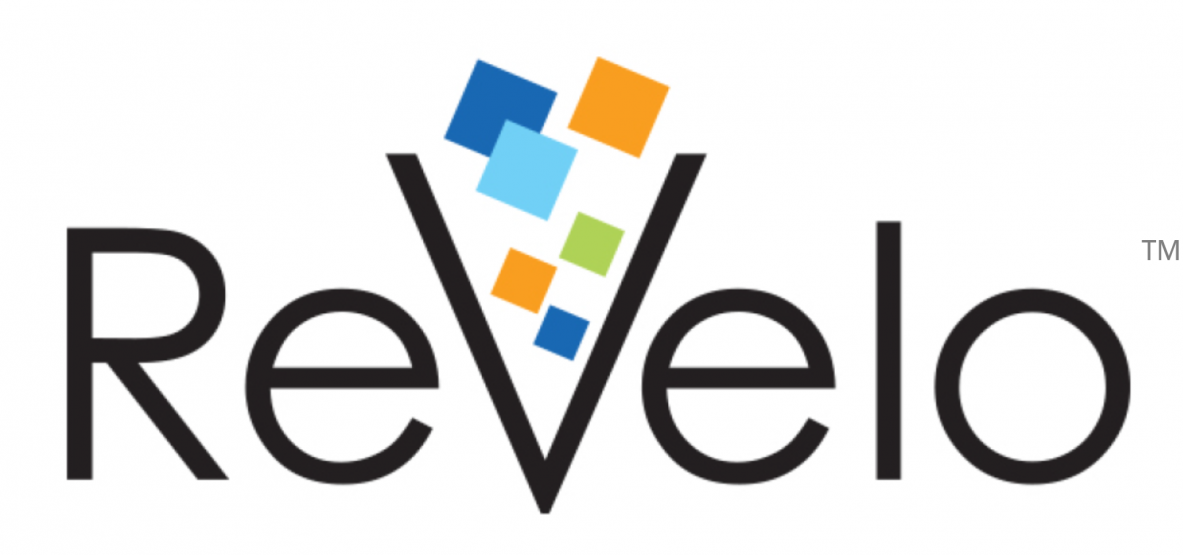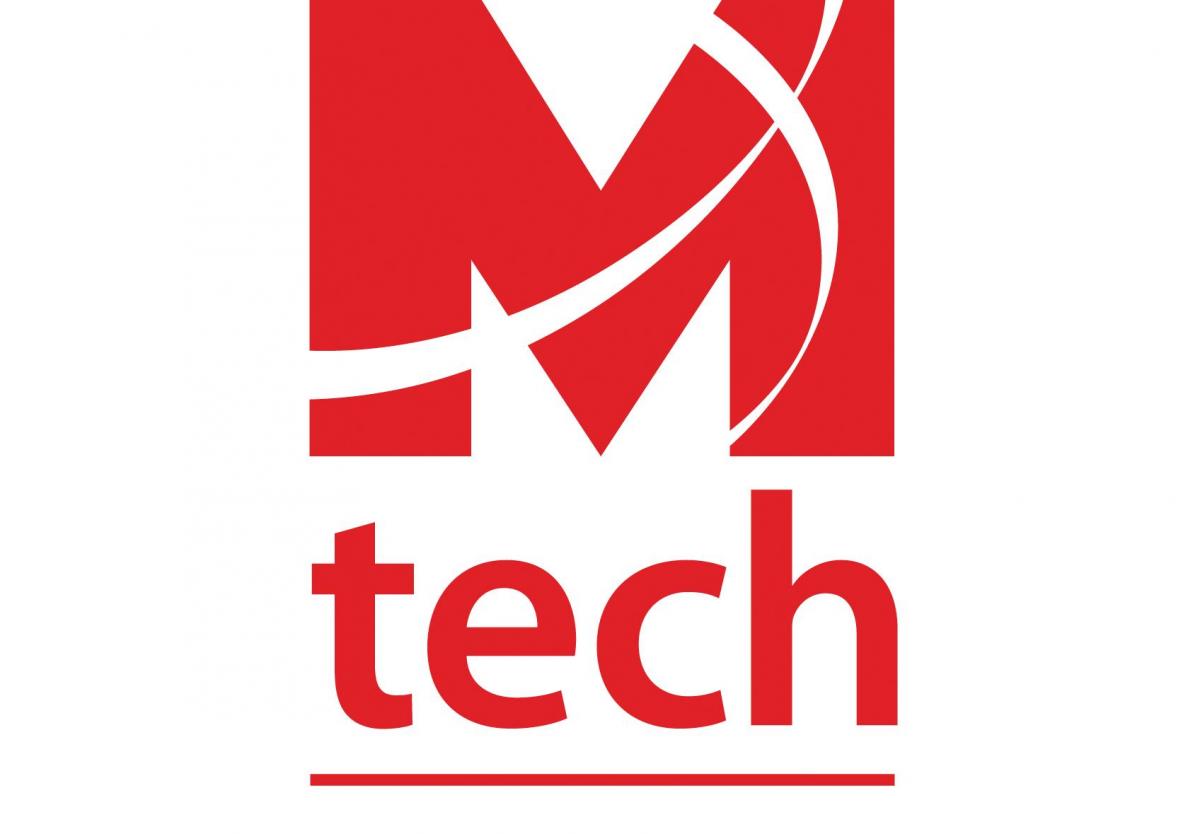The Role of Medicaid in Neonatal Quality Improvement Initiatives
Hong, G., Dadzie, C., & Gent, K.
Executive Summary
Medicaid serves a population at increased risk of pre-term births and accounts for 40% of medical costs annually (over $6 billion per annum) related to pre-term births. Quality improvement initiatives that implement evidence-based interventions through collaborative systems change have the potential to improve health outcomes for Medicaid recipients and reduce Medicaid expenditures. State Medicaid agencies therefore have a financial incentive to take the lead in developing quality improvement efforts for neonatal care in collaboration with State partners.
To achieve positive results in improving quality and reducing costs in the neonatal setting, several State Medicaid agencies established statewide collaboratives to implement interventions from the Measurement Change Package developed by the Centers for Medicare & Medicaid Services (CMS) and the National Institute for Children’s Healthcare Quality (NICHQ). Three States (Arkansas, North Carolina, and Ohio) were awarded Medicaid Transformation Grants to implement interventions that are expected to improve maternal and neonatal outcomes statewide. Preliminary anecdotal results suggest that Ohio’s collaborative approach decreased the rate of late preterm births.
Collaboration includes both intra-state and multi-state activities. These three States (as well as other States that did not receive grants) have partnered with physicians, hospitals, university medical centers, and other stakeholders to implement clinical interventions through neonatal improvement collaboratives. These collaboration activities, including learning sessions among partners, have served as the driving force for achieving the ultimate goal of improving neonatal outcomes. The collaboratives have implemented interventions that focus on preterm births, infection control, nutrition care, use of antenatal steroids, and discharge planning. Multi-state collaboration has also been useful to sharing best practices, lessons learned, and challenges among States. Arkansas, North Carolina, Ohio, New York, and Tennessee have participated in multi-state collaboration webinars to discuss key topics in the neonatal setting; these webinars have provided an opportunity for States to share updates on their projects.
Establishing a neonatal outcomes improvement project modeled after Arkansas, North Carolina, and Ohio entails two essential elements. First, the State needs a core group of essential stakeholders and volunteer sites (hospitals or providers). Integral stakeholders include nonprofit partners, university medical centers, regional perinatal clinics, payers and purchasers of care, hospital administrators, State legislators, and parents. Building on already existing infrastructure within the State—such as an already existing data collection system and information technology system or an already existing statewide collaborative focused on improving neonatal care—facilitates a more efficient and timely implementation. Challenges that have been noted with collaboration include identifying all the essential partners for receiving transformation grants and for working on projects, and miscommunications among partners concerning delays in project initiation and implementation. Open and clear communication and continuous collaboration are essential methods of ensuring that all partners agree upon the project goals and understand the delays that may occur due to various contract requirements or State regulations.
The second essential element is funding to support staff and activities, including clinical experts, change improvement experts, in-person and virtual learning sessions, data collection, technology infrastructure, and evaluation. State Medicaid agencies can consider multiple sources of funding, including Medicaid Transformation Grants, new grants established through the Children’s Health Insurance Program Reauthorization Act (CHIPRA), State general funds, or private association funding. In combination with different stakeholders identified for a collaborative, one or more of the funding sources could be available for implementing the neonatal improvement project.
State Medicaid agencies have a financial incentive to lead the effort to improve neonatal care. Best practices as well as challenges of collaboration were identified through the Arkansas, North Carolina, and Ohio projects. If other States are able to leverage these best practices and identify and mitigate the challenges faced by these States, smoother program implementation processes may occur to ultimately improve neonatal outcomes.












Connect with us Facebook
Facebook  Twitter
Twitter  LinkedIn
LinkedIn